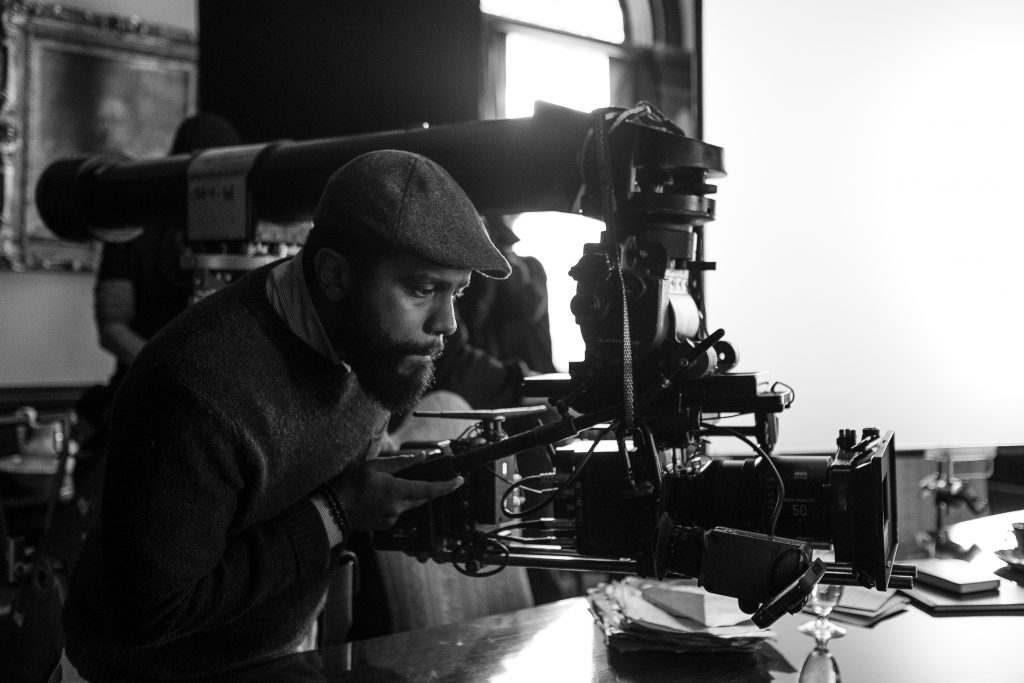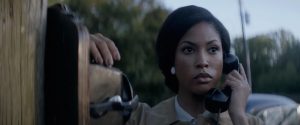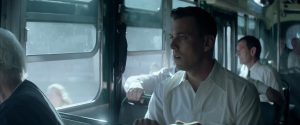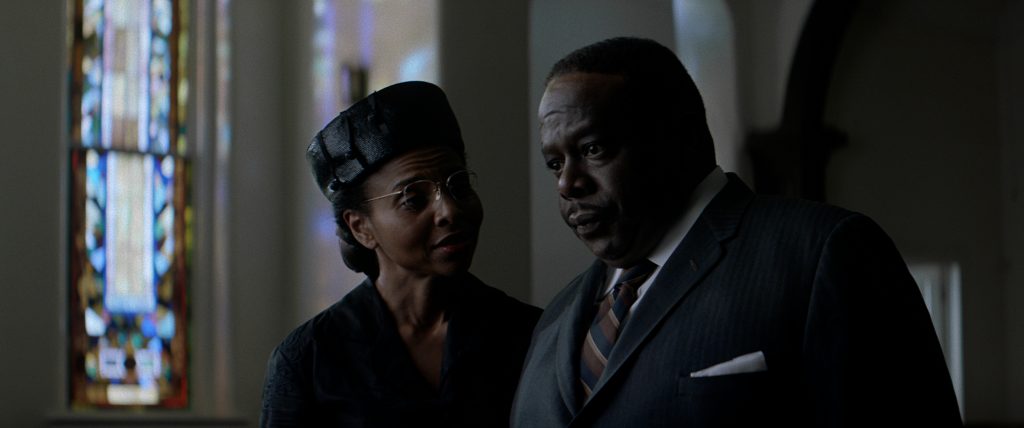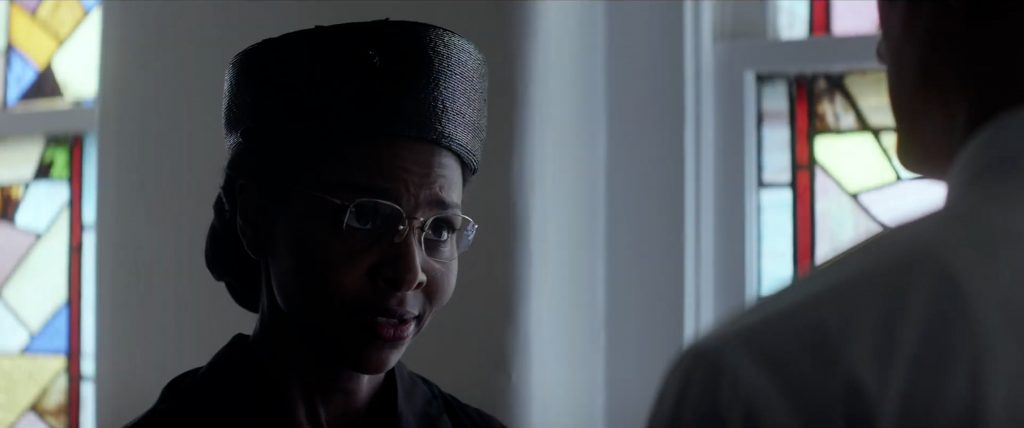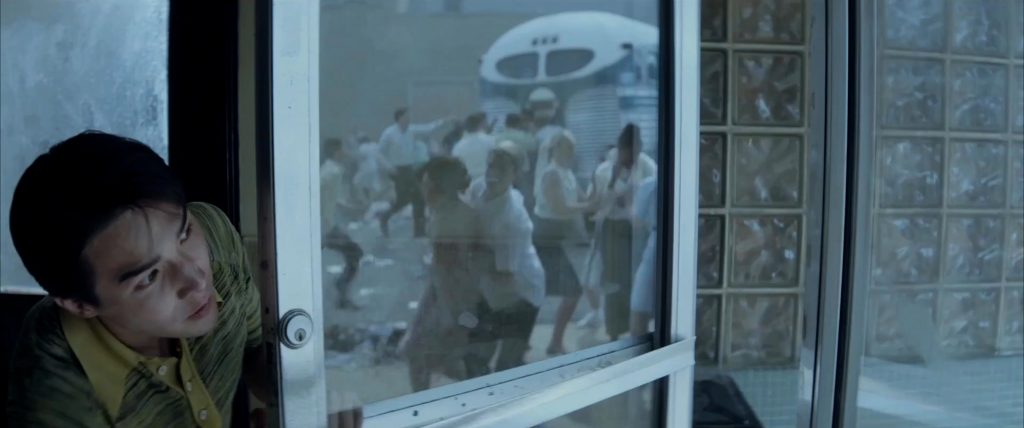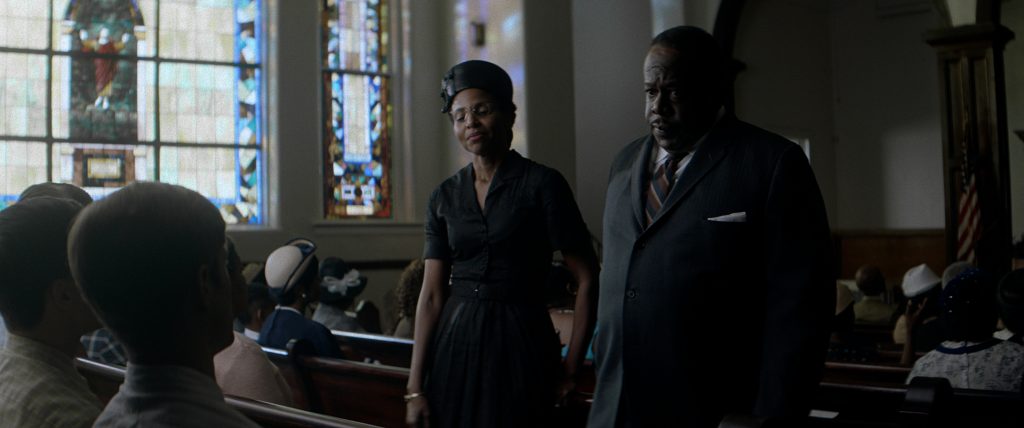Throughout February, we are featuring a series of discussions with some of today’s most influential Cinematographers and Gaffers of color. These artists talk about their journey into the industry, advice to young aspiring artists, and the art that has had an impact on their work. This edition features Cinematographer John Rosario (Wish to Live, The Longevity Revolution, and Son of the South.)
When did you become interested in working in film? What made you want to get into the industry?
My interest in working in the film industry came a bit late in life and kind of by chance. I’m a first-generation American, my family emigrated to the US, and with them, like most immigrants, brought a set of values that focus on the idea of finding a good job that pays well, not necessarily one that you love. I’ve always had an appreciation and connection to the arts and film but never once considered a career in it. I was in my second semester in a college for Civil Engineering and one day I had lunch with a musician friend who posed a simple question; “Do you see yourself being happy as a Civil Engineer?”. That simple question rocked my world. Happiness in a career? Can those two things align? Then a second question was posed: “What makes you happy, what do you enjoy?”. And so began my journey towards working in film.
Describe your journey in becoming a Cinematographer. Historically speaking, the camera & lighting community has not been very diverse. What was the process like for you?
I enrolled in a small school in Long Island New York called Five Towns College. I lived in Brooklyn and as a typical New Yorker I did not drive, so this was a two-hour commute by public transportation each way. I dropped out after two of the four years due to financial reasons. Those two years were important for my development because the head of the film department at the time was progressive and allowed 1st and 2nd-year students to have access to ALL of the equipment; typically you would have to wait until your senior year. During this time, I met Jason Ortiz, who will be a life long friend. Jason is a pure artist in all sense of the word and a talented Director, together we strove to develop our voices and intent as filmmakers. Post-college was a series of working on little to no pay type jobs, gaining experience, honing in on my craft, and slowly chipping away at my goals. Eventually, after nurturing relationships and sticking through the tougher times, I found myself in a position of consistency, opportunity, and recognition but it was a long road. There is a lack of diversity in camera and lighting departments; there were times where I was the only person of color on a film set and I’ve also seen crew members that are not of color, with almost no experience, have access to incredible opportunities. I haven’t been privy to how decisions are made but discrimination happens whether you’re in the room or not, you don’t know what you don’t know. What I do know is that the journey is hard and continues to be hard for myself and colleagues of color. While most people get to stride through, boosted, like those airport conveyor walkways, we are treading through knee-high mud, fatigued. We’ve become so used to this that we are forced to find our own silver linings; for me, the obstacle has become the way. I try and balance things by hiring people of color within my own departments and offer suggestions to other departments.
What advice would you like to give young Black aspiring Cinematographers?
Stay hungry and never stop being a student of the craft. There’s a danger in loving everything you’ve already shot because it prevents room for growth. It’s important to always reflect, critique your own work and search for ways to improve. Look to elevate your palette and ingest all forms of art and experiences. Above all, don’t let current fads dictate your style. Find your voice, nurture it and let it bubble out of you. Strive to be hired by what you can contribute artistically.
What are some changes you believe the industry should make to help Black filmmakers have their voices heard moving forward?
I believe the issue stems from the top down and if those who decide what films get made can expand their views then that opens up a whole world of opportunity for Black filmmakers to express their voice and artistry. I would love to see more Directors and Actors of color telling stories that have nothing to do with their ethnicity. I take inspiration from Jordan Peele’s film Us, lead by a primarily black cast, in a story that has nothing to do with the color of their skin. You could literally plug an Asian, Latino, or white leading cast and it would not take away from the story. As a society, we have to remove the stigma that a film with primarily black actors is a “Black Film” rather than just being a film. This to me would open up opportunities to black filmmakers and people of color if we stop letting color be a barrier to stories being told, who tells them, and who performs in them. The second part of this is access to below the line crew members of color. You often hear producers or people in positions to hire say that they could not find technicians of color and usually just hire within their own tribe or comfort zone. Is their ill-intent? Hard to say but what I can say is that we need to uplift these technicians of color and shine a light on them for the world to see. My friend Tommy Maddox ASC does a really good job at this and is constantly giving people of color immense opportunities and exposure.
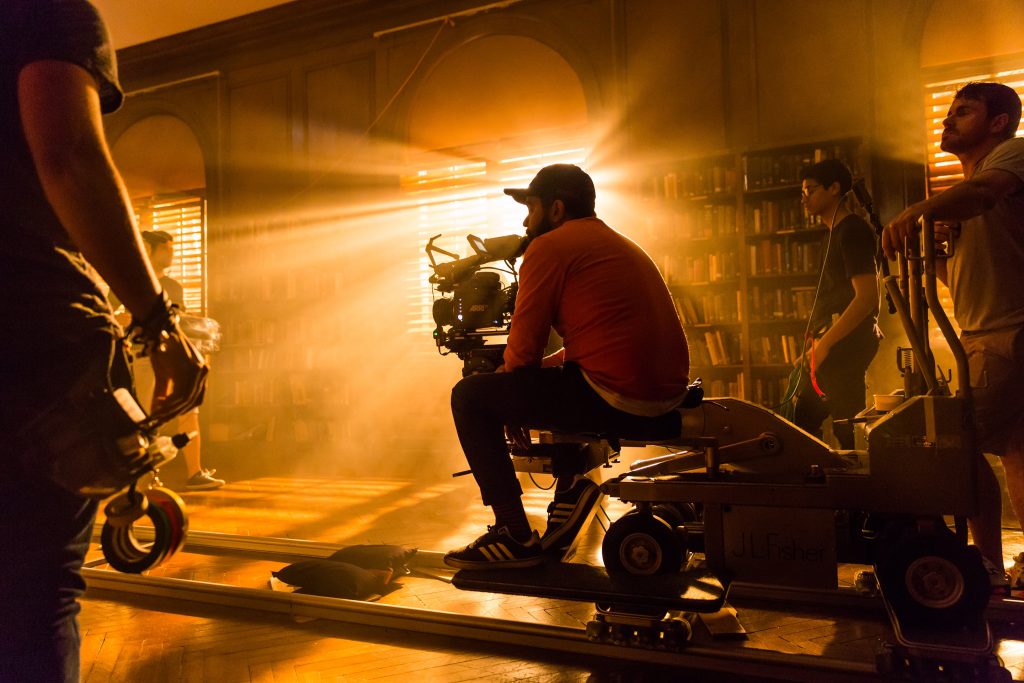
Growing up, did you have any inspirational Directors, DP’s, Gaffers that have inspired you.
Growing up I didn’t have the notion of thinking about the artisans behind the films I enjoyed, it wasn’t a language I was introduced to. Whatever emotions I felt watching them I didn’t really attribute it to the filmmakers. It wasn’t until later in life, when I developed an interest in making films, that I started to pay attention and was enlightened to the people and the process. I would say my earliest inspirations were Darren Aronofsky and Matthew Libatique. Their collaboration on the film Requiem for a Dream had a profound effect on my senses and it made me realize the power and uniqueness of cinema as an art form.
What are some of your favorite films? Have any of these films influenced your work?
This list is constantly changing as I seek to grow and develop my philosophy. I’m thrilled with filmmakers who showcase their voices by crafting a visual language and making bold choices that are grounded by their intentions, like Tarkovsky’s “Stalker”, “Dogtooth” by Yorgos Lanthimos, and Bong Joon Ho’s “Mother”. The most recent films that have left an impression on me are Michael Haneke’s Caché and Code Unknown. They’re not the most visual films but Haneke’s language and choices with the camera are inspiring. There are moments where the camera is locked off and the actors move within the space to reflect the weight and shift of the scene; there are times we don’t see an actor and their dialogue is off-screen or a shot holds on a moment where you expect something to happen and it doesn’t. I appreciate Haneke’s voice and how careful he thinks and constructs scenes. I don’t believe coverage is a word that exists in his vocabulary which is truly inspiring to witness.
Could you tell us about a show or project you are currently working on?
Currently, I’m getting ready to work on another film with Barry Brown called The Provider, which will take place in the country of Malta. I can’t say too much about this project other than it has the opportunity to be a visual piece that I’ll be able to really sink my teeth into. The film will bounce between different looks and time periods with some fantastical elements.
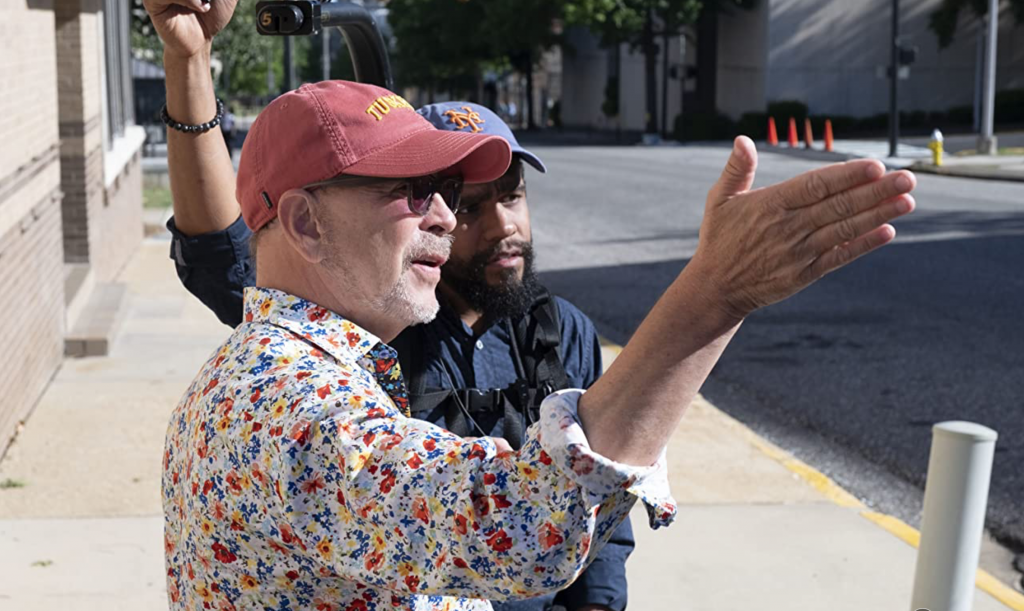
The following images are from Son of The South, a Civil Rights film Directed by Barry Brown and Executive Produced by Spike Lee. It’s based on the story of Bob Zellner a white Southerner who, in the 1960s, decided to join the Civil Rights movement despite the southern norms and defied his grandfather who was a member of the KKK.
“At times we filmed where the events actually took place and this had a profound effect on me. It hits a little different when you reflect and feel the energy and weight of history. It was a humbling experience that inspired me and contributed to my approach. Production was tough, it was a tight schedule with limited resources and we found ourselves having to find strategic ways on how to capture scenes simply, like the Montgomery Bus Depot riot. Typically you would want five days or so to capture riot scenes that have many moving parts and hundreds of extras. We could only afford a day and a half of filming so our approach was to embrace natural light fully and film this scene like a documentary, we literally did not have the time to set a stand or a flag. For me, it was a huge exercise of letting go but I believe the approach worked and gave the scene a unique tone.”
You can catch John Rosarios latest work in Son of the South which is available to rent on major streaming platforms. Keep up with John on his Instagram @john_rosario.

